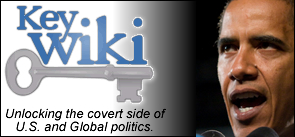WILL THE COMPLACENCY IN THE BOND MARKET BE SUDDENLY SHATTERED?
By: Kent Engelke | Capitol Securities In my view, consensus now believes 3% plus growth is gone...
Read More

My beloved husband,
GARRY HAMILTON,
passed away
on September 24th, 2022.
I will love you always.

